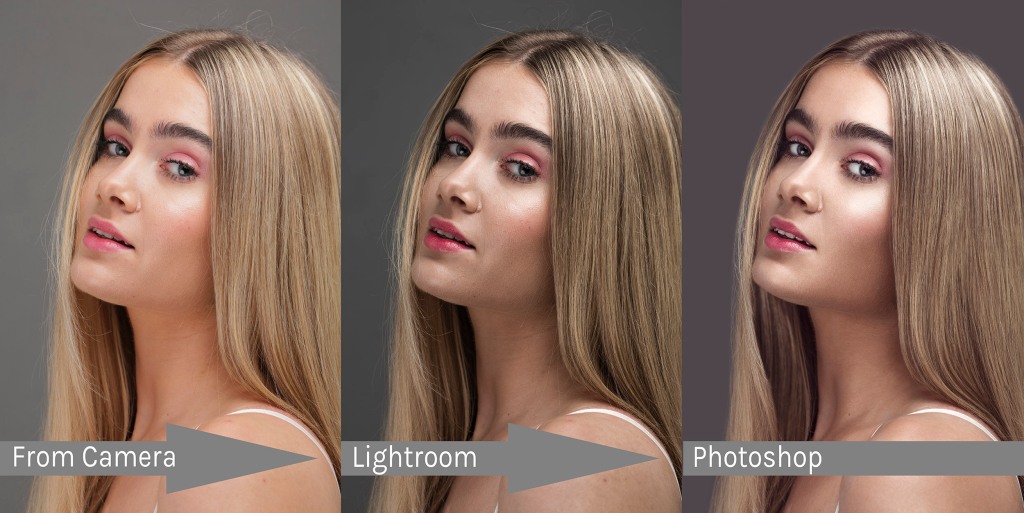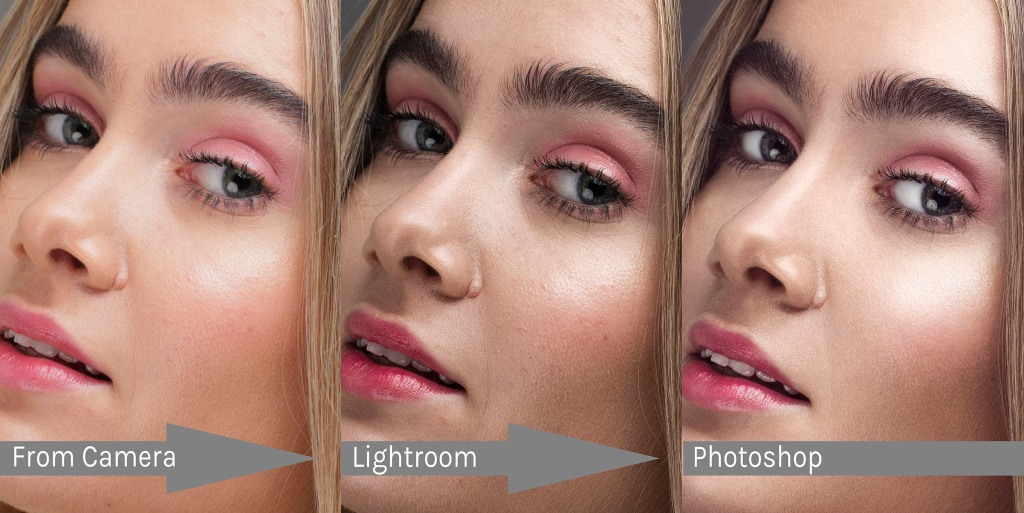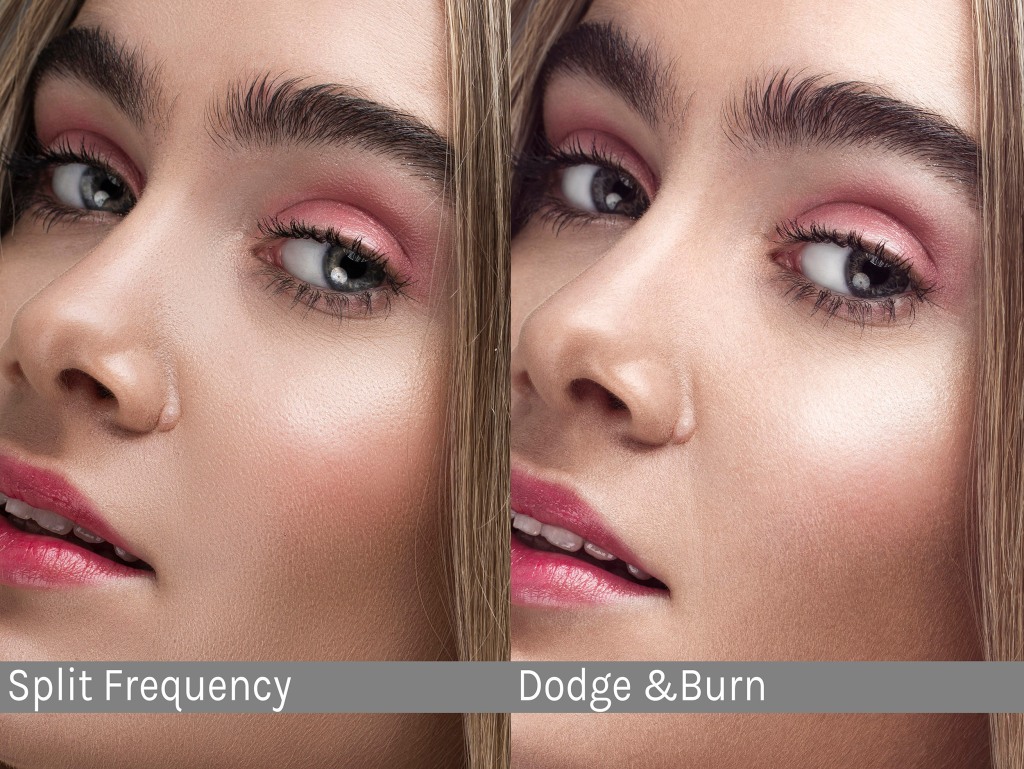We have already discussed the importance of the time spent on photography, and how the cost of a photography service is directly proportionate to the amount of time spent. If you haven’t read it, then head over to the post here.
Now that you’ve had a chance to read over how price and time spent effects the quality of the imagery produced, i want to discuss how this also correlates specifically to the retouching side of image making.

What is Post-Production?
Retouching is a complex process which involves:
- Asset management and storage; Folder Structures, Data Storage, Filenames etc.
- Pre-touching; Using a Raw Converter Software to colour grade and adjust the images before the retouching stage.
- Retouching; This can be anything from a light cleanup, to an extensive project retouch depending on the level required by the client.
- Deliverables; Formatting the deliverable imagery to the clients specification
As you can see, even for a simple retouching project, there are already quite a lot of steps to take in order to ensure that a quality product is delivered.

Here is an example of one image throughout the stages of retouching
- Camera
- Lightroom
- Photoshop Retouch

Different Levels of Retouching
Now i’m not going to go into the many different genres of imagery which in turn lend themselves towards different styles of retouching. However, i am going to briefly discuss the premise of Retouching Workflow, and how different workflow patterns can influence the outcome of a retouch.

Here is a comparison between two retouched images. The first image here has been retouched using a Split Frequency Technique, which is a thorough but fast way of retouching skin to be smooth whilst retaining some semblance of skin texture. The second image has been retouched using a dodge and burn technique, which is a lengthier more manual process which retains even more skin detail and gives a much more premium feel, and has also had extensive hair repair done to smooth all the flyaways.
The first image took 15mins, the second took a full day.
From a distance the result of these two different processes do not appear wildly different, but the closer inspection image really does show the difference in quality between the two. The first image appears doll like and smooth despite the texture retention, whilst the second gives a much more natural and realistic finish, more akin to what you would see in magazine.

High-End Retouching
the term “High-End Retouching is thrown about a lot in this industry, and has almost become a bit of a buzz-word because it’s what freelancers believe a client wants. In reality, this second example using the dodge and burn technique is what the industry would consider to be a High-End retouch and it takes a long time to achieve, which in turn comes at a cost. For most uses, the split frequent style of retouching would be perfectly sufficient. However, if you are expecting a High-End retouch, then go into this with your eyes wide open and keep the following in mind:
- Many photographers / retouchers that say they offer High-End Retouching are just offering standard retouching.
- Really High-End Retouching will cost more, be sure to factor this into your budget, and keep in mind that any freelancer offering High-End Services for low budget prices will not give you the desired result.
- High-End Retouching is mostly necessary for Beauty, Still Life and High End Fashion. The genres can normally get away with standard retouching.
Remember that you can go to a nice restaurant, that has a great Chef but you won’t get a Fillet Mignon for the price of a Chuck Steak.

Get in touch using our contact form to discuss your Beauty Project Requirements.

2 thoughts on “The Importance of Quality Retouching”